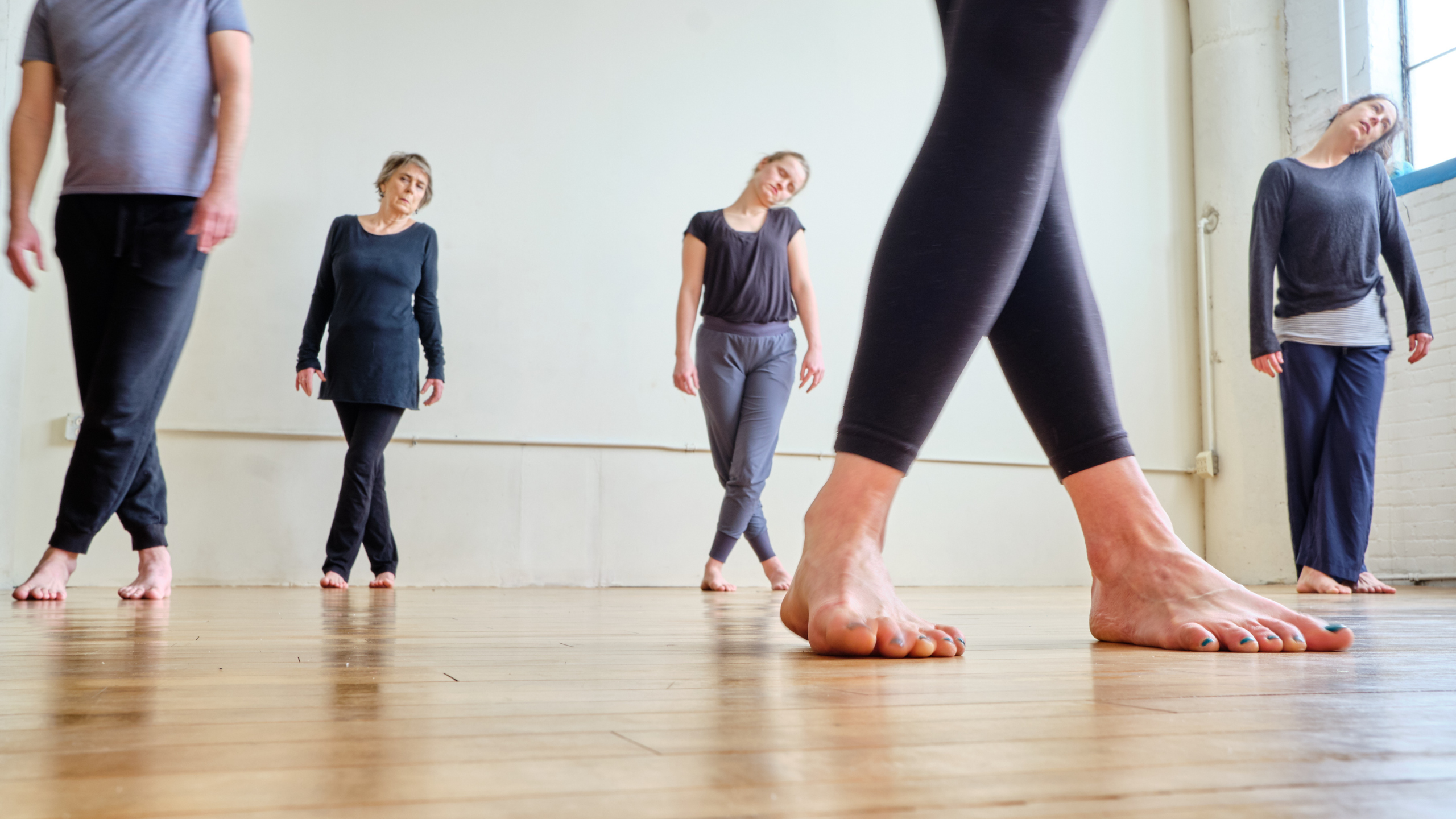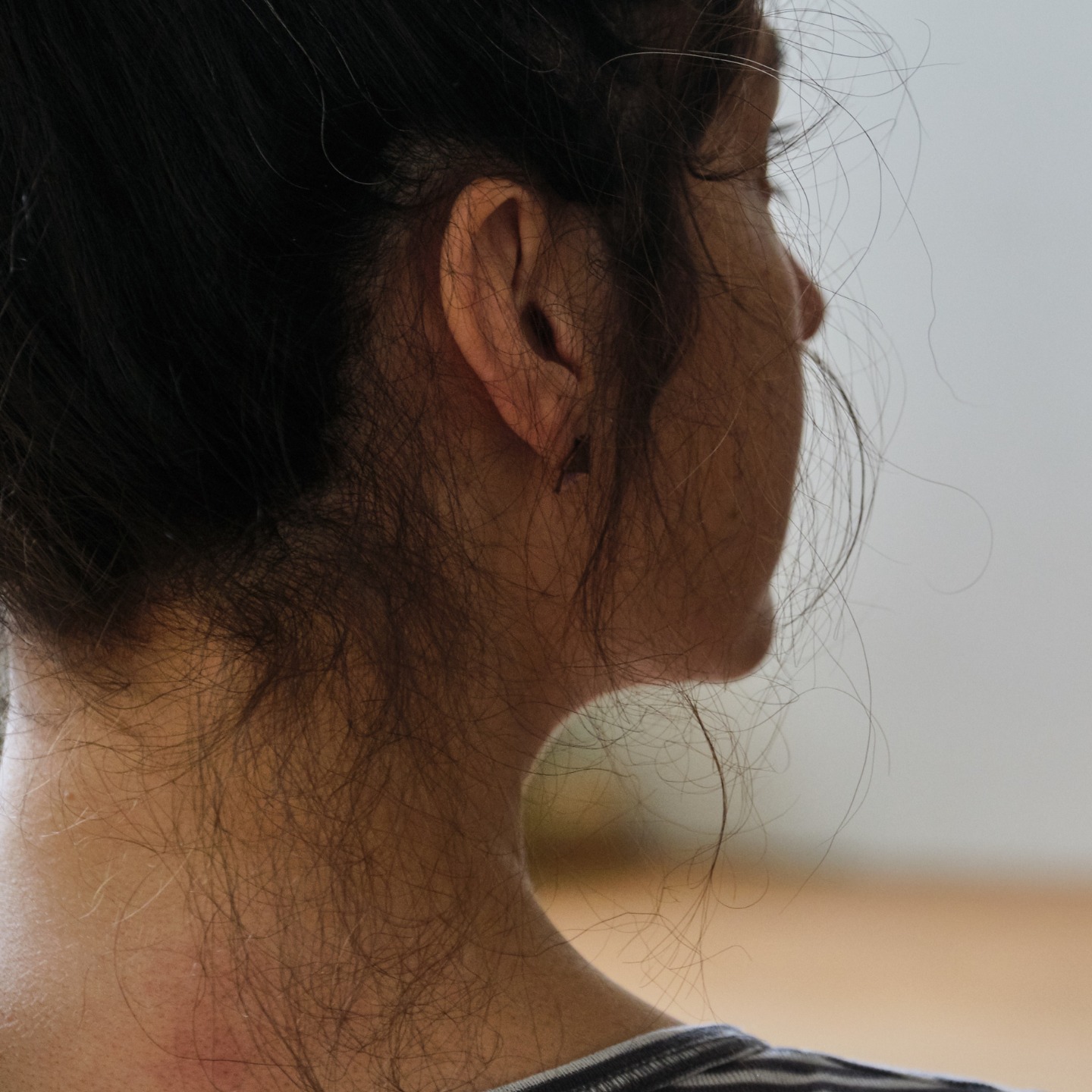Feldenkrais: Lengths and Volumes - Lesson 1: Inner Cylinder Rotation

About This Event
The Feldenkrais® Method is a form of somatic education that combines gentle movement with directed attention to enhance function and motion throughout the body.
This class is part of an ongoing series, but you are able to drop in to one or many.
In this series we will listen to ourselves globally, to gain a more clear understanding of how to sense functional linkages within ourselves. We start with the skeleton and set its relationships into motion with our thinking, sensing, and imagining.
I believe these lessons will leave you feeling a new sense of wholeness, and you will make intriguing connections within yourself that may take you by surprise.
Moshe once made a statement: “Someone who thinks in images thinks differently than someone who thinks in words.” Words convey sequential perception, and through words we build an understanding of a whole via an additive process. This plus this plus this. An image, on the other hand, presents a whole in one perceptual schema.”
We will ask: “Can images in movement help us feel the wholeness of ourselves?”
If the brain organizes movement according to intention and image, it needs to plan in images of a whole intended action. For example, if reaching for a glass, most functionally, the brain prepares the whole self to reach for the glass, not just your hand, or arm. But, how does your spine turn? Where do you look? Where do you lift? How do you expand the volumes of yourself? Where do you lengthen? The brain may recruit the components of the movement sequentially, but the full image of the movement must be preplanned. The healthy brain is also ready and available to make adjustments when it receives sensory feedback from the external environment once the action is taking place. Most of this all happens quickly and unconsciously, often by performing out our habitual ways of being. This is where the Awareness Through Movement context comes in. In ATM, we get to slow things down enough to listen to our habitual ways and learn new, more whole ways of moving.
The capacity to gather our attention into functional movement relationships between all parts of the skeleton to form a whole image is fundamental to this method.
What to prepare: A carpet, rug, or yoga mat
Feldenkrais: Lengths and Volumes - Lesson 1: Inner Cylinder Rotation



